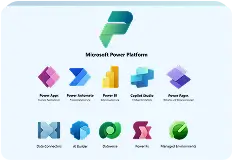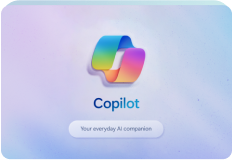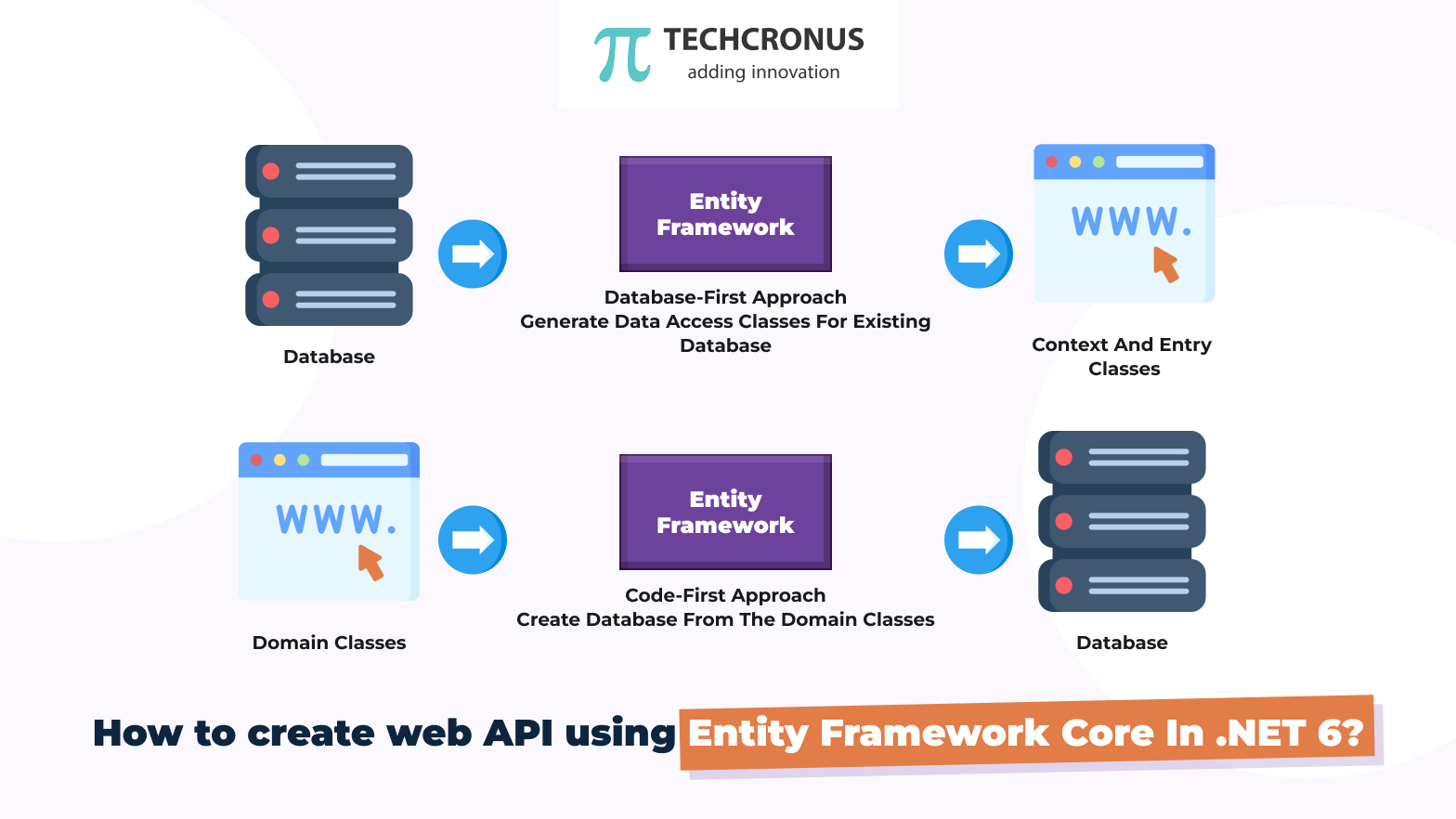Table of Contents
Introduction
ASP.NET Core stands as a robust and versatile cross-platform framework for crafting web applications and APIs. The latest iteration, ASP.NET and Entity Framework Core in .NET 6., introduces an array of new features and enhancements that empower developers to fashion high-performance and scalable APIs.
This tutorial centers around the utilization of Entity Framework Core, a widely embraced Object-Relational Mapping (ORM) framework. This framework streamlines the process of engaging with databases by furnishing an abstraction layer over the underlying data storage. Consequently, working with data becomes a more straightforward endeavor.
Furthermore, we will delve into the implementation of the Repository pattern, a prevalent design pattern in the realm of software development. This pattern serves as a means to centralize data access logic, abstracting the intricacies of the specific data access technology in use. The result is code that is more modular and amenable to testing.
By the tutorial’s conclusion, you will have acquired the know-how to construct Web APIs within ASP.NET Core 6 and effectively integrate the repository pattern with Entity Framework Core in the context of .NET 6. So, let us embark on this educational journey.
RESTful API
Web API
A Web API (Application Programming Interface) is a framework that operates within the realm of the HTTP Protocol, enabling applications to enhance their capabilities. It comprises a set of functions that are accessible to a diverse array of clients, encompassing web browsers, mobile devices, iPhones, and tablets. These functions are accessed through HTTP requests.
Web APIs are crafted through the utilization of architectural patterns, which include REST, SOAP, and RPC. In this context, our emphasis will be on the creation of a RESTful API adhering to the principles of the REST architectural pattern.
What is RESTful API?
REST (Representational State Transfer) serves as an architectural style that underpins the construction of web services. It leverages HTTP methods such as GET, POST, PUT, and DELETE to execute CRUD (Create, Read, Update, Delete) operations on resources. Central to REST is the utilization of URIs (Uniform Resource Identifiers) for pinpointing resources uniquely. This approach empowers clients to explore and interact with these resources through hypermedia. A web API that adheres to this architectural style is referred to as a RESTful API.
HTTP methods play a pivotal role:
- GET: This method retrieves data from the server. The requested information is enclosed within the response message body.
- POST: This method submits data to be processed by a server. The data is carried in the request message body.
- PUT: This method updates an existing resource on the server. The revised information is conveyed through the request message body.
- DELETE: This method eradicates an existing resource from the server.
The tutorial at hand will concentrate on employing the GET and POST methods. However, it’s noteworthy that supplementary HTTP methods like PATCH, HEAD, and OPTIONS are also at one’s disposal.
Prerequisites for This Demo
- Visual Studio 2022
- NET 6 SDK
- SQL Server
Ready to level up your software development game?
Don’t miss out on the opportunity to hire dot net core developer who will revolutionize your software development process. Contact us today to get started!
Entity Framework Core & Code First Approach
Entity Framework (EF) is a technology that simplifies database interaction for Top .NET developers by allowing them to work with databases using .NET objects. This eliminates the need to write extensive data access code, making development more efficient.
For this project, we will be using Entity Framework Core in .NET 6. Entity Framework Core is a modern, lightweight, open-source, and cross-platform version of the Entity Framework technology for data access. It offers the flexibility to choose between two development approaches: Database First and Code First.
Database First Approach: In the Database First approach, developers start by creating the database tables. Then, using the Scaffold-DbContext command, they generate entity classes that represent the database tables. This approach is suitable when the database schema already exists.
Code First Approach: In the Code First approach, developers begin by creating model classes in their application. By using migrations and the update database command, the EF Core API automatically generates and updates the database schema based on the defined entity classes. This approach is favored for applications driven by their domain logic.
In our case, we will be following the Code First approach since we don’t have an existing database. We’ll design our database by creating classes that represent entities, and EF Core will handle the creation and updating of the database schema based on these classes and their relationships.
To get started, the initial step involves adding necessary NuGet packages to your project via the NuGet Package Manager. You can achieve this by right-clicking on “Dependencies,” selecting “Manage NuGet Packages,” and then installing the required packages.
Please note that the provided information is a paraphrased version of the content you provided. If you have specific questions or need further assistance, feel free to ask!
Adding context Class
We’ll create a context class named EmployeeDbContext.cs in the Models folder. This class will inherit from the DbContext class. Inside this class, we’ll define all the necessary model information required for generating the database tables.
Migration
We’ll proceed by creating database schemas based on the structure defined in the EmployeeDbContext.cs class. To accomplish this, we’ll use the Add-Migration command.
Follow these steps:
Open the NuGet Package Manager Console by navigating to Tools > NuGet Package Manager > NuGet Package Console.
In the Console, enter the command: Add-Migration MIGRATION_NAME.
Replace MIGRATION_NAME with a suitable name for your migration. This command will initiate the migration process.
As a result, a Migration folder will be generated, containing a class with a timestamp and the name of the migration. In this context, we’ve chosen to name the migration “InitialMigration”.
This action will set up the necessary migration files, capturing the changes you’ve made to your data model. These files will enable Entity Framework to apply these changes to the database in a controlled manner.
Remember that this is a paraphrased explanation of the steps you provided. If you need further clarification or assistance, feel free to ask!
Repository Pattern
What is a Repository Pattern?
The Repository Pattern is a design pattern used in software development to provide an abstraction layer between the application’s business logic and the data access logic. It aims to centralize and encapsulate the data storage and retrieval operations, making it easier to manage, maintain, and test an application.
In the context of database operations, the Repository Pattern helps abstract away the specific details of how data is stored, retrieved, and manipulated. Instead of directly interacting with database APIs or query languages, the application interacts with the repository, which serves as an interface providing well-defined methods for common data operations such as create, read, update, and delete (CRUD).
Benefits of Repository Pattern
Enhanced Code Reusability and Query Avoidance:
- The Repository pattern fosters the reuse of code, sidestepping redundant queries or operations.
Facilitated Codebase Organization and Clarity:
- By segregating data access logic from business logic, the pattern contributes to a tidy and structured codebase.
Streamlined Testing Process:
- The clear distinction between business logic and data access logic simplifies the testing procedure. This distinction enables efficient testing of individual components.
Centralized Data Access Logic Modifications:
- The pattern’s architecture permits changes to data access logic within a singular location, guaranteeing uniformity across the entire application.
In Summary, the Repository Pattern yields several benefits, including streamlined code reusability, organized codebase management, simplified testing, and a centralized avenue for maintaining data access logic consistency.
When you want to add a new Entity like Department, you must follow the same step we did for Employees to create a Repository. You can also create a Generic Repository interface and class for basic CRUD operations. Hire dot NET developer and witness your projects soar to new heights.
GitHub Repository: Web API in .NET 6 Example
Here’s the source code of Web API in the .NET 6 example. Feel free to clone the repository and play around with the code. Start developing your demo application and learn how to build a CRUD operation.
Conclusion
This concludes our exploration of creating a Web API using Entity Framework Core within the context of .NET 6. We trust that this tutorial has provided you with the fundamental understanding to construct CRUD operations utilizing the Entity Framework repository pattern. Should you have inquiries or suggestions, don’t hesitate to reach out. For further technological solutions, don’t forget to explore our additional .NET Development.






















